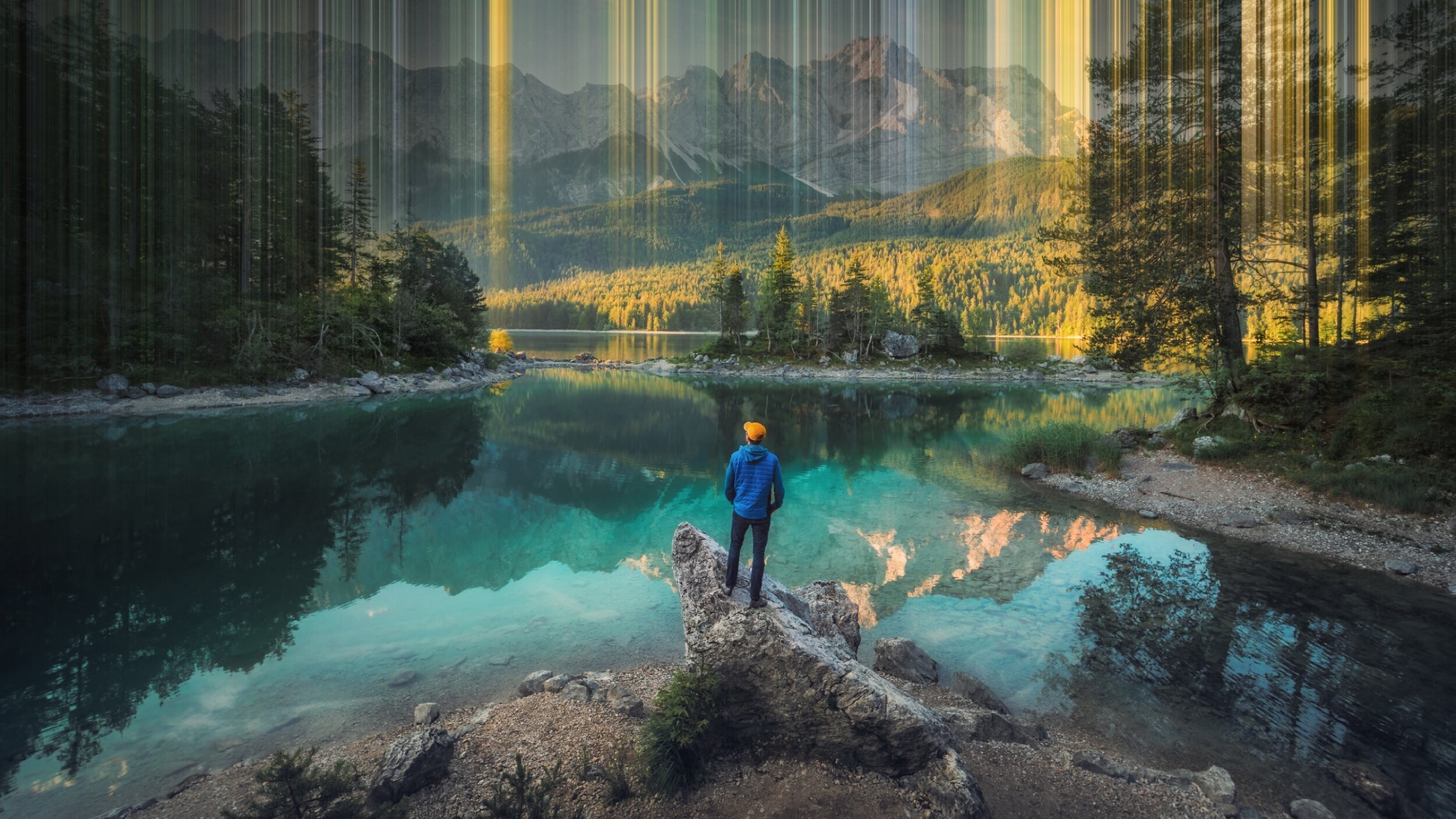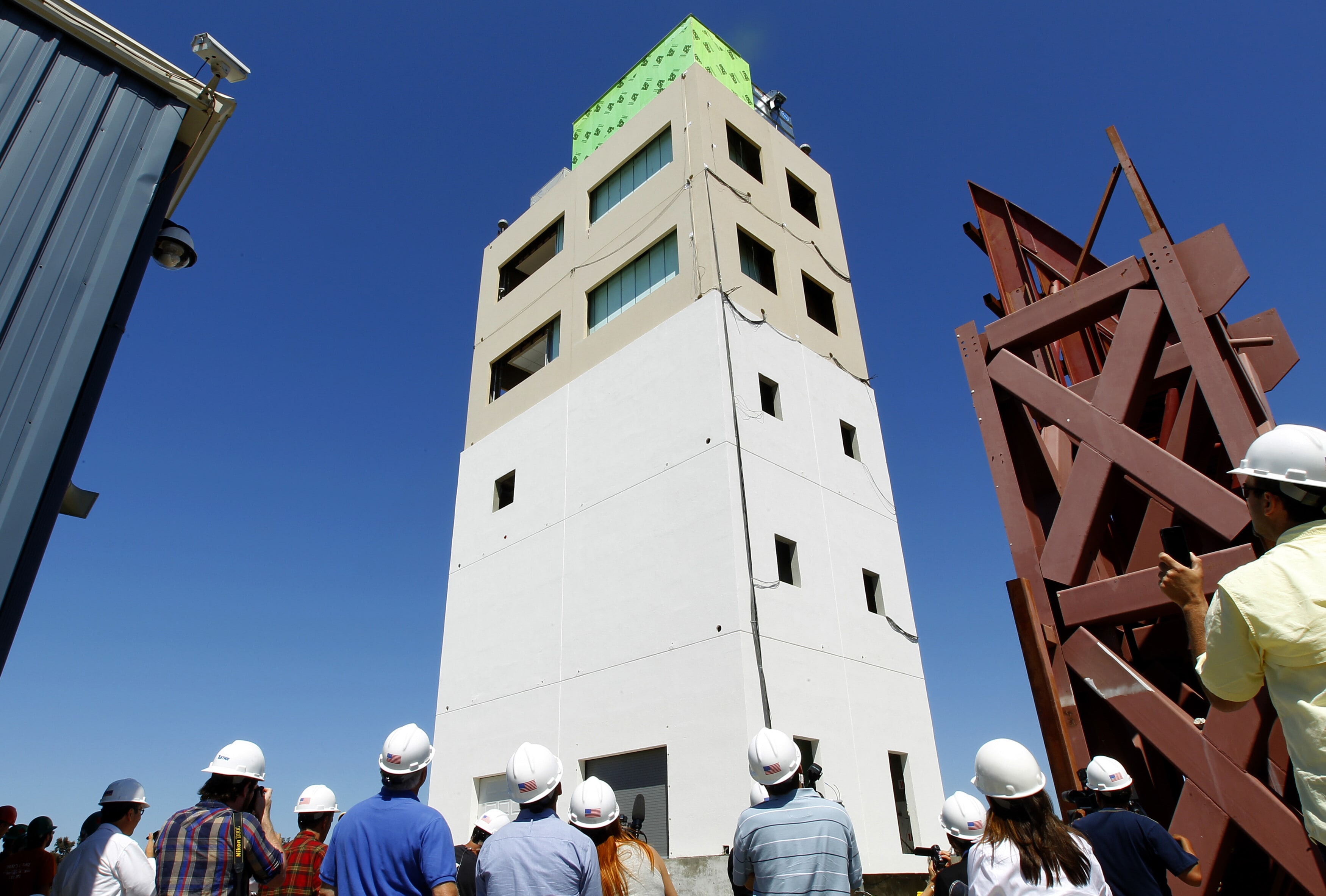How millennials’ relationship with their phones is changing the economy
An unhealthy obsession?
Image: Photo by Steve Gale on Unsplash
Stay up to date:
United States
For a generation that came of age on memes, meticulously curated social media documentation, and online forums, there’s been talk of a new antidote for internet ennui: It’s called real life.
The average American spends 5.4 hours a day on their phone. Excessive use of the internet and mobile devices have been linked to increased rates of anxiety and depression as well as interpersonal conflict.
Our current relationship with technology is not making us happy.
It’s no wonder that more millennials are turning to real life experiences as a way to escape their social feeds and inboxes.
This explains the popular trend of digital detoxing. In a UK study, 71% of college students reported having to take a break from social media. Celebrities like Kanye West, Lindsay Lohan, and Justin Bieber—all cultural bastions of the social media universe—have been public about needing to unplug for a period of time at some point, allegedly to spend some time experiencing the world in real life (IRL).
At the current rate, IRL, location-based experiences are projected to become a $12 billion dollar industry by 2023.
When people disconnect, whether it’s for an afternoon or a week-long retreat, it leaves a space in which a person is usually occupied by the stimulation of social media. When this happens, embodied experiences offer a sense of novelty, adventure, and above all, physicality. Immersing yourself in nature, sweating alongside other people in a workout class, and experiencing direct physical contact with your environment with no filter brings a reprieve from an everyday reality that’s become increasingly mediated by technology. Trends show more consumers want extreme physical experiences. In some cases, they want potentially painful experiences, whether it’s the freezing cold temperatures of cryotherapy or the feeling of intense muscle exhaustion from pushing your body to its limits while running a race.
72% of millennials prefer to spend money to engage in live events instead of on material possessions.
”Welcome to the experience economy.
In recent years, millennials have fueled this rapidly expanding sector of IRL experiences in which 72% of them prefer to spend their money to engage in live events instead of on material possessions—or even virtual ones.
Cultural anthropologists and marketing theorists Rebecca Scott, Julien Cayla, and Bernard Cova link consumers’ demand for extraordinary and extenuating experiences to a desire to temporarily suspend the pressures of self-actualization.
In real life, the average person spends 30 to 40% of their time talking about themselves; online that figure jumps to 80%.
In our highly individualized Western society, performing the self can feel like a burden. This is especially true in today’s era of the personal brand when everyone is expected to constantly broadcast an autobiographical narrative.
There’s a much more complex relationship going on between our IRL experiences and our URL activity, however. While consumers are flocking to experiences to escape the constant buzzing of their phones and the more existential pressures of social media (even if temporarily), they also find pleasure in broadcasting their enjoyment of these experiences online.
Millennials are the “pics or it didn’t happen” generation, and studies have found that sharing photos increases their enjoyment of experiences. The act of self-disclosure as well as validating feedback in the form of likes both trigger the release of dopamine in the pleasure center of the brain. This chemical reaction is a big part of why social media can be so addictive.
For pleasure-seeking consumers, there’s a potential for a multi-layer high; first the rush of adrenaline from participating in extreme experiences like skydiving, surfing, or outdoor racing, then a second rush of dopamine when sharing a photo or posting online about the experience, compounded by a flood of engagement when others like, comment, and share.
At Spartan, where I oversee brand strategy for our obstacle course programs, we see this cycle firsthand as we scrutinize the cultural trends that help build community both on and offline.
As big as the IRL economy is, and as mammoth as experts project it will be, it’s unrealistic to completely unplug.
To suggest that it would make us happier to do so completely ignores the sense of pleasure and connection that social media provides. The lines between our online and offline realities are too blurred, and too dependent on one another, and pitting the two against each other denies the increasingly hybrid way we move through the world.
Social media theorist Nathan Jurgenson discusses this idea of digital dualism: “The notion of the offline as real and authentic is a recent invention, corresponding with the rise of the online. If we can fix this false separation and view the digital and physical as enmeshed, we will understand that what we do while connected is inseparable from what we do when disconnected.”
If we’re going to think about how balance, fulfillment, and meaningful connection can be achieved in the near future, we first must be realistic about the interrelated nature of both our virtual and IRL experiences.
Digital dualism means millennials today simultaneously want opportunities to temporarily escape the tyranny and pressures of their mobile devices, and they also want to be able to share online photos and videos of how much fun they’re having offline.
And brands are responding to these complicated demands by providing experiences that are at once immersive and photogenic.
Engaging experiences are being punctuated with periodic photo opportunities. We know that a physical store (think Glossier’s lauded Los Angeles branch) or a direct-to-consumer product (reviews of the women’s vitamin brand Ritual describe the supplements as “Instagram-friendly” as a distinguishing feature) can easily garner as much publicity by creating an Instagramable aesthetic as it does with the actual merchandise being sold.
The goal from a business standpoint is to design experiences that offer balance with an opportunity to make connection both on and offline.
Succeeding in the experience economy requires a careful allegation of resources to curate meaning and authenticity, and to make it sunning enough to share in a square-dimension frame.
At Spartan, for example, we’ve learned that events like our obstacle course races require a participant’s full attention and commitment to give racers an escape from their screens; but a branded step-and-repeat at the finish line gives them an opportunity to pose for photos, reinforcing and memorializing the connection made through a shared experience.
It’s time to move beyond conversations that villainize phones and screens as the problem. Millennials are navigating a new sense of self, and it’s complicated.
But it’s only bound to get more complicated and fraught as younger generations enter the consumer market with entirely new demands and desires. If we want our businesses and products to keep growing with the IRL market, we better keep listening.
Don't miss any update on this topic
Create a free account and access your personalized content collection with our latest publications and analyses.
License and Republishing
World Economic Forum articles may be republished in accordance with the Creative Commons Attribution-NonCommercial-NoDerivatives 4.0 International Public License, and in accordance with our Terms of Use.
The views expressed in this article are those of the author alone and not the World Economic Forum.
Related topics:
Forum Stories newsletter
Bringing you weekly curated insights and analysis on the global issues that matter.
More on Industries in DepthSee all
Antonio Gómez-Palacio
October 31, 2025
Børge Brende and Ahmed Al-Khateeb
October 29, 2025
Brad Irick
October 23, 2025
Qing Zhang and Matthew Chang
October 17, 2025
Eneida Licaj and Genevieve Sherman
September 10, 2025






